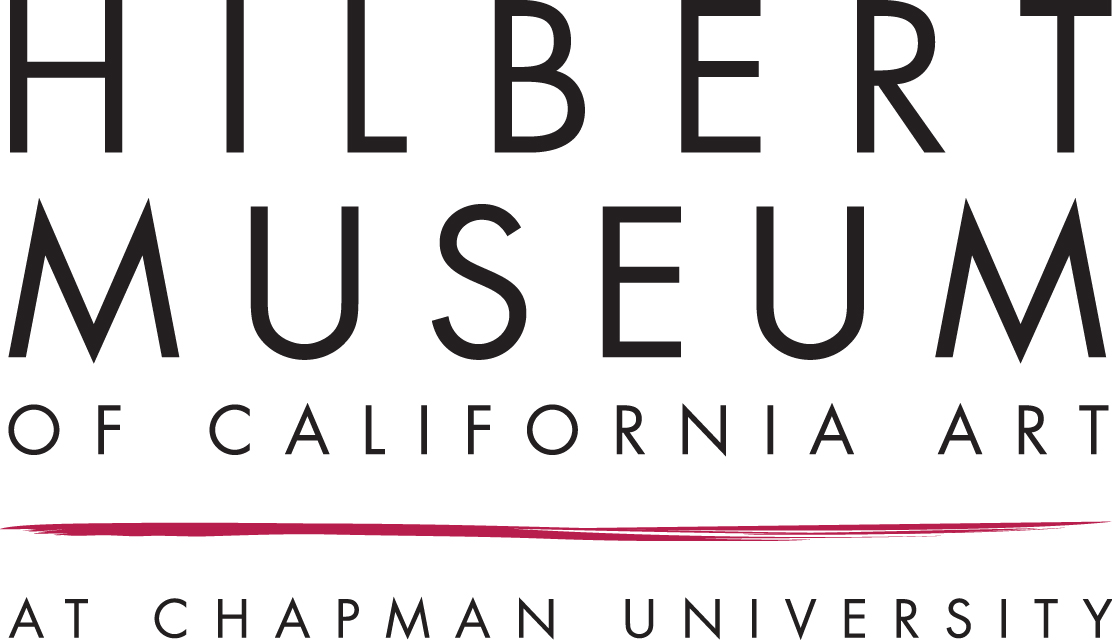Charles Percy Austin
Charles Percy Austin was an American artist who settled in California around the turn of the century and became a visible member of the California Impressionist art colony. Born in Denver, Colorado on March 23, 1883, Austin studied at the Denver School of Art under William Henry Read (1851-1935). Journeying to New York, he studied under John Henry Twachtman (American, 1853-1902) at the Art Students League, New York. He also ventured to Europe to visit London, France and northern Italy. While in Paris, Austin studied figurative painting under Claudio Castelucho-Diana (Spanish, 1870-1927) known for his paintings of Spanish dancers.
His art instructor, John Twachtman was a founding member of the Ten American Painters and a highly sought-after teacher known as a leading Impressionist painter of atmospheric landscapes of the late 19th century. Abandoning the use of tonalism later in his career, Twachtman embraced the brighter palette of the French Impressionists, as a result Austin and his fellow students learned and benefited from Twachtman’s more colorful American Impressionist style.
Lured by a warm climate, attractive landscapes and by fellow artists, Charles Percy Austin decided to migrate to the west coast. San Francisco had recently experienced a devastating earthquake and fire, and Austin like many other artists of the period chose to move to southern California.
Austin was known to be in Los Angeles in 1906, and in 1908 he established residency in Granville Redmond’s former studio in Santa Monica located a short drive near to the budding artist colonies of Laguna Beach and Pasadena. Austin soon became active in the local art community. He taught and founded an art school, and was a member of the California Art Club and the California Watercolor Society. Shortly after arriving in southern California, Austin began to apply his craft to this new and challenging landscape. He was drawn to paint the inviting coastline, southwest pueblos and its inhabitants, the California missions and desert landscapes with its arroyos, and he made frequent sketching trips to Mexico.
In 1914 Austin visited Mission San Juan Capistrano. With a brilliantly colorful palette, and with soft and atmospheric brushwork, he began to paint, creating snapshots back in time of the mission grounds, gardens and mission life on and off for well over a decade. In 1924, he painted Mary Pickford’s Wedding on the mission’s grounds, a padre feeding a parrot in the courtyard (1924) and a Padre Reading, San Juan Capistrano.
With myriad daubs of sumptuous colors he depicted the Mission Arches and Poinsettias, San Juan Capistrano (1927) and the majestic ruins of the Great Stone Church, San Juan Capistrano (1927). Charles P. Austin resided from time to time at the Mission San Juan Capistrano, accompanied by fellow distinguished California Impressionist “plein air” painters -- Joseph Kleitsch, William Wendt, Alson Clark, George Brandriff, Franz Bischoff, Colin Campbell Cooper and many more.
In 1930 Austin was chosen to illustrate the classic book, "Capistrano Nights", 1930, written by Father St. John O’Sullivan and Charles Francis Saunders. He won the Silver Medal award at the Panama-California International Exposition, San Diego, in 1915. Exhibits of Austin’s works had been held at the Stendahl Gallery at the Ambassador Hotel, Los Angeles; at the Los Angeles Sketch Club; and at the Mission San Juan Capistrano.
Charles Percy Austin died on March, 17th, 1948 in Santa Monica, California.
Charles Percy Austin’s work can be found in the Irvine Museum collection and in important private collections. Four illustrations of his paintings appear in the book, "Romance of the Bells: The California Missions in Art", by Jean Stern, 1994, pgs. 62, 67, 114 & 115. A mural by Austin can be found at Our Lady of Mount Carmel Church, Montecito, California and another mural can be viewed at Saint Peter’s Church in Los Angeles. Several of C. P. Austin’s paintings were donated by the artist and are part of Mission San Juan Capistrano’s permanent art collection. The locations of many Charles Percy Austin’s paintings are unknown.
Source:
http://www.lawrencebeebe.com/artistsbiographies/charlespercyaustinbiography.html

